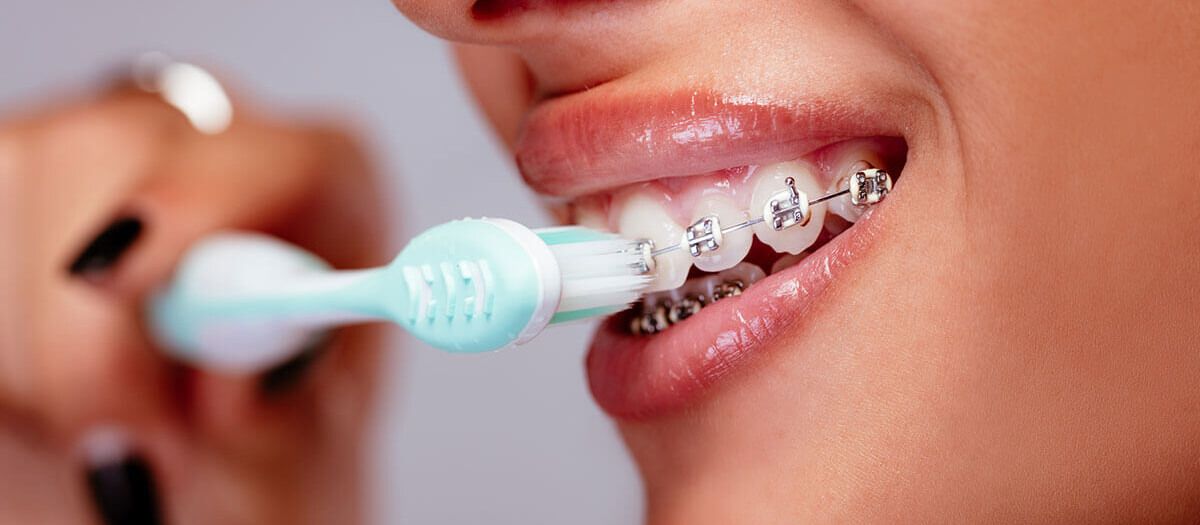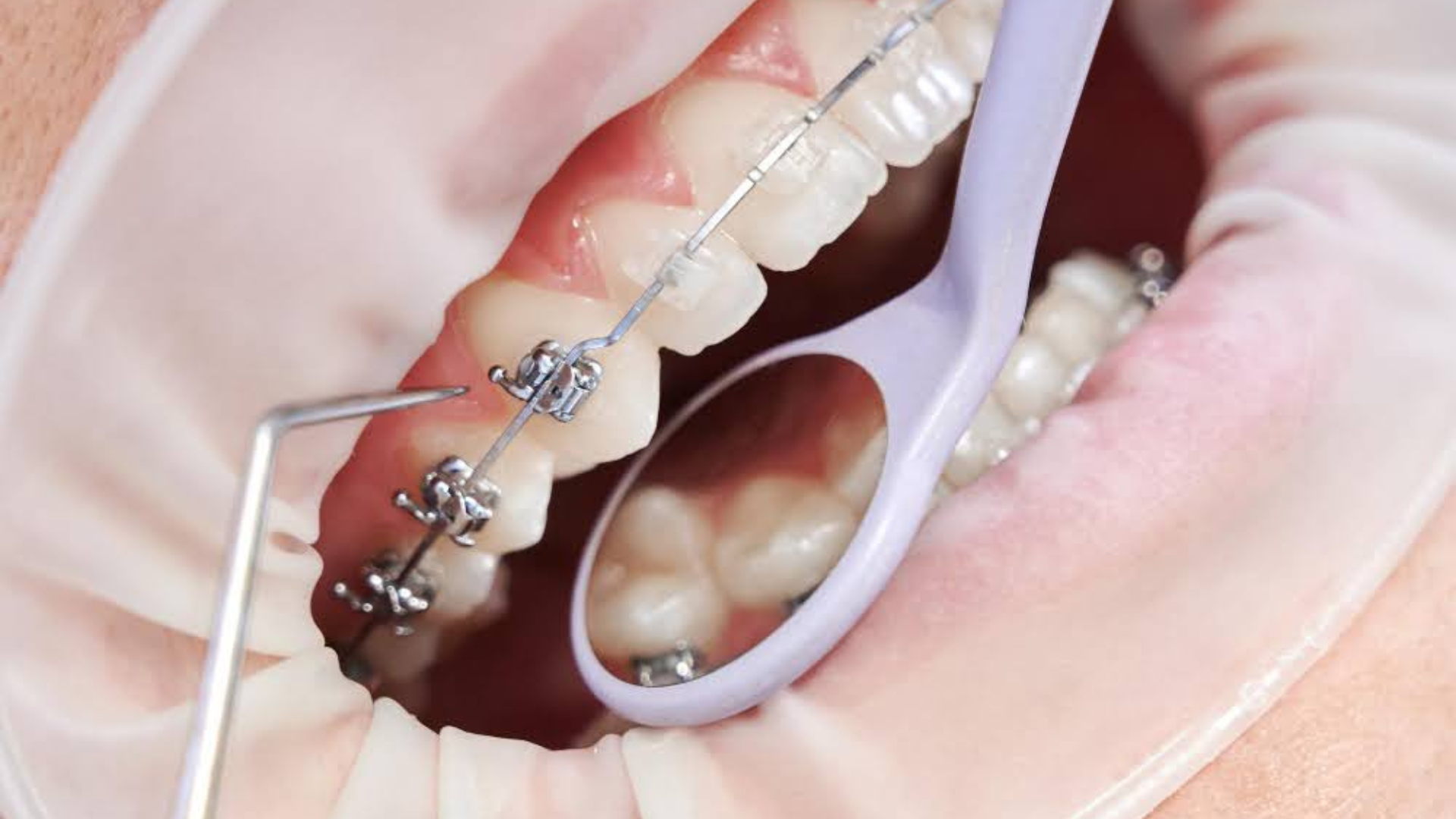Comprehensive Overview to Orthodontics Procedures for Dealing With Dental Misalignments
In the world of orthodontics, the journey to achieving a perfectly straightened smile involves a myriad of procedures customized to remedy dental imbalances. From typical dental braces to unseen aligners and even surgical alternatives, the field of orthodontics supplies a series of solutions to address differing degrees of oral abnormalities. Recognizing the complexities of each procedure, including their devices, benefits, and prospective drawbacks, is important in making informed choices concerning one's orthodontic treatment. As we navigate through the extensive guide to orthodontic treatments for remedying dental misalignments, the detailed details of each method will certainly unfold, clarifying the path toward a harmonious and functional dental placement.
Orthodontic Procedures Review

In enhancement to clear aligners and conventional braces, orthodontists might likewise suggest other treatments like headwear, palatal expanders, or retainers to address details alignment concerns (aligners). These treatments are customized per client's one-of-a-kind needs and may include a mix of treatments to achieve the desired results. Regular modifications and surveillance are vital parts of orthodontic treatment to guarantee progression is on track and to make any needed alterations along the method. By going through orthodontic treatments, people can not just accomplish a straighter grin yet also improve their total oral health and wellness and function.
Conventional Braces: How They Function
When thinking about orthodontic treatments for dental imbalances, standard braces stand out as a time-tested approach for dealing with teeth placing. Standard dental braces consist of braces, wires, and bands that work together to use continual stress on the teeth, gradually relocating them into the preferred alignment.
As stress is applied to the teeth with the dental braces, the bone bordering the teeth is reshaped to sustain the new tooth placements. Patients will certainly need regular adjustments at the orthodontist's office to guarantee the braces continue to use the correct pressure for effective teeth motion.
Undetectable Aligners: Benefits And Drawbacks
These clear, custom-made trays are practically unnoticeable when worn, making them an attractive alternative for people seeking an extra visually pleasing orthodontic therapy. Patients can remove the aligners prior to eating or brushing their teeth, reducing the risk of food getting stuck in the home appliance and streamlining the cleansing process.

Surgical Orthodontic Options
Surgical treatments in orthodontics existing practical choices for dealing with complicated dental misalignments that may not be properly solved with standard orthodontic therapies. While undetectable aligners and standard braces can correct numerous orthodontic problems, certain instances call for medical treatment to attain optimal results. Surgical orthodontic options are commonly recommended for severe malocclusions, considerable jaw disparities, and cases where the underlying bone framework requires alteration to achieve proper alignment.
One typical medical orthodontic procedure is orthognathic surgery, which includes repositioning the jaws to remedy functional problems such as trouble eating or talking. This surgical procedure is usually done in partnership with an orthodontist that assists align the teeth prior to and after the treatment. Surgical orthodontics may additionally involve treatments to reveal impacted teeth, get rid of excess gum tissue, or improve the jawbone to develop a much more harmonious facial profile.
Before thinking about medical orthodontic options, patients go through a comprehensive analysis to determine the necessity and prospective advantages of such treatments. braces. While surgery may appear complicated, it can considerably boost both the function and appearances of the smile in situations where traditional orthodontic treatments fail
Retainers and Post-Treatment Treatment

Post-treatment care involves adhering to the orthodontist's instructions diligently. This might consist of appropriate dental check my blog hygiene practices, participating in follow-up visits, and putting on the retainers as suggested. Failing to follow post-treatment care instructions can lead to regression, where the teeth slowly return in the direction of their initial placements. Consistent retainer wear, good oral health, and regular dental check-ups are crucial for preserving the outcomes achieved through orthodontic surgical procedure and making sure the lasting security of the corrected oral alignment.
Conclusion
To conclude, orthodontic treatments use numerous options for remedying oral imbalances. Typical braces make use of steel brackets and cords to change teeth right into proper positioning. Undetectable aligners offer an his comment is here even more very discreet option however might not appropriate for all situations. Surgical orthodontic alternatives are available for extra extreme imbalances. Retainers are generally made use of post-treatment to maintain the brand-new positioning. Overall, orthodontic procedures can efficiently enhance dental health and visual appearance.
As we navigate with the detailed overview to orthodontic procedures for dealing with dental imbalances, the intricate details of each technique will unravel, losing light on the course towards a useful and harmonious oral placement. - cumming invisalign
One of the most typical orthodontic treatments is the use of dental braces, which are composed of metal brackets and wires that apply mild stress to progressively change teeth into the wanted setting.When taking into consideration orthodontic therapies for oral imbalances, standard dental braces stand out as a reliable method for dealing with teeth positioning. Additionally, unnoticeable aligners may not be ideal for complicated orthodontic issues that need even more substantial teeth motion, as they are generally advised for light to modest instances. Retainers are custom-made orthodontic tools made to hold teeth in their corrected positions after the completion of orthodontic treatment.